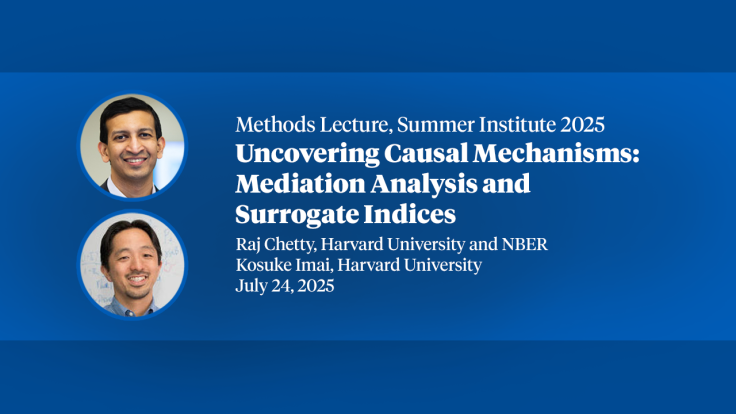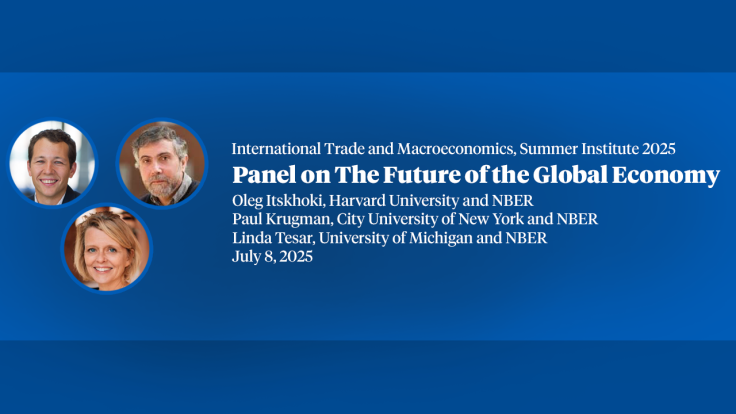The Impacts of COVID-19 Illnesses on U.S. Workers
This project investigates whether the post-acute sequelae of COVID-19, colloquially referred to as “long COVID” and involving lingering symptoms from COVID-19 illness, has meaningfully depressed labor force participation. To overcome the limited data on long COVID, we construct an indicator of COVID-19 illness, based on the 60 percent increase in work absences due to illness since the start of the pandemic, and the high correlation between illness-related absences and reported cases of COVID-19. Because respondents in the monthly CPS are surveyed on a rotating basis over the course of 16 months, it is possible to follow individuals with illness-related work absences over a period of approximately one year, allowing for a longitudinal analysis of short- and medium-term consequences of suspected COVID-19 illness on labor market outcomes. We aim to quantify the causal link between illness-related work absences and labor market/disability outcomes using an event-study approach that estimates within-person changes in labor market behavior in the periods prior to and following absence.
Investigators
Supported by the National Institute on Aging grant #P30AG012810
Related
Programs
More from the NBER
In addition to working papers, the NBER disseminates affiliates’ latest findings through a range of free periodicals — the NBER Reporter, the NBER Digest, the Bulletin on Health, and the Bulletin on Entrepreneurship — as well as online conference reports, video lectures, and interviews.

- Feldstein Lecture
- Presenter: N. Gregory Mankiw

- Methods Lectures
- Presenters: Raj Chetty & Kosuke Imai

- Panel Discussion
- Presenters: Oleg Itskhoki, Paul R. Krugman & Linda Tesar